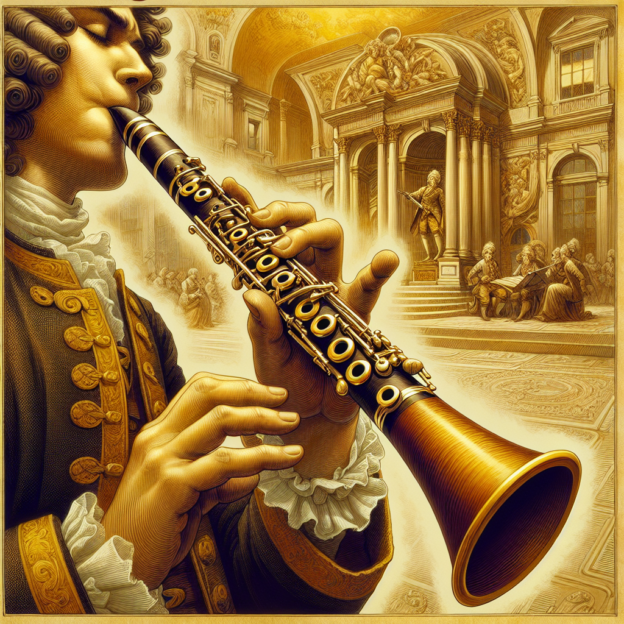The Martin Freres Clarinet: A Journey Through Time
The Martin Freres clarinet period instruments represent a blend of musical craftsmanship and artisan skill. These instruments are more than just wood and metal; they carry a rich history that's worth exploring!
Let's talk about what sets clarinets from different periods apart. Each style showcases the technical advancements and musical needs of its era. The clarinet has changed a lot since it was first created, with each period bringing changes that were both practical and beautiful. If you're interested in the Baroque style, you're in for something special! Martin Freres is known for making clarinets that capture the lively sound qualities of this historical period. The Baroque clarinet, usually made from boxwood, produces a warm sound that fits perfectly with early music.
The Evolution of the Clarinet
| Period | Characteristics | Martin Freres Features |
|---|---|---|
| Baroque | Boxwood material, warm sound | Vibrant tonal qualities, authentic reproduction |
| Classical | Brighter materials, more expressive sound | Balanced tone, favored by serious clarinetists |
| Romantic | Expanded range, increased complexity | Rich timbres, allows for deeper expression |
Moving to the Classical era, you'll see a shift towards brighter materials and a more expressive sound. Clarinets from this time were carefully tuned for orchestras, leading to complex compositions that highlighted their abilities. The balance that Martin Freres achieves in their Classical models makes them popular among serious clarinetists who want an authentic sound.
Now, let's jump to the Romantic period—a time when passion and performance came together! The clarinet's range grew, and so did its complexity. Martin Freres clarinets from this era often have richer tones, allowing for more emotional expressions. Composers like Brahms wrote sonatas with clarinet parts that were equal partners to the piano in musical conversations. Isn't that fascinating?
The Artistry of Martin Freres Clarinets
What makes a typical Martin Freres clarinet special? The craftsmanship is top-notch! Skilled instrument makers put their heart and soul into each piece. By combining modern techniques with traditional methods, they create instruments that are both functional and artistic!
Caring for Your Period Instrument
If you're thinking about getting into period instruments, there are a few things to keep in mind. First and foremost, maintenance is crucial. These instruments need a bit more care than regular clarinets. Checking the pads often, keeping the right humidity, and handling them gently can prevent a lot of problems later on!
Don't forget to explore the unique music written for these instruments. You might find a whole new world of music that matches the historical feel of your Martin Freres clarinet!
The Lasting Impact of Martin Freres
Over the years, many famous clarinetists have used Martin Freres instruments, each adding their own style to an already rich history. It's amazing to think about all the concerts that have been played using these wonderful instruments, each with its own story and charm.
Many musicians love the sound, look, and feel of period instruments. While some might find it challenging at first, many players enjoy the depth these instruments add to their music. The thrill of connecting the past and present is part of what makes it so appealing.
Remember, music is all about feeling! When you play a Martin Freres clarinet—a period instrument—you're not just playing notes; you're speaking a language that's centuries old. What could be more exciting than that?
Wrapping Up
Exploring Martin Freres period instruments opens up a world of musical expression rooted in tradition. Whether you're a history enthusiast, a clarinet fan, or just curious about the warm sounds of early music, these instruments offer something truly special. Why not try a Martin Freres and let the music of the past inspire your future?
Table of Contents
- The Martin Freres Clarinet: A Journey Through Time
- The Evolution of the Clarinet
- The Artistry of Martin Freres Clarinets
- Caring for Your Period Instrument
- The Lasting Impact of Martin Freres
- Wrapping Up







